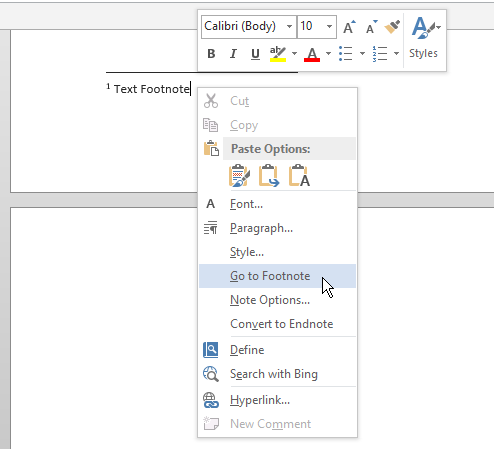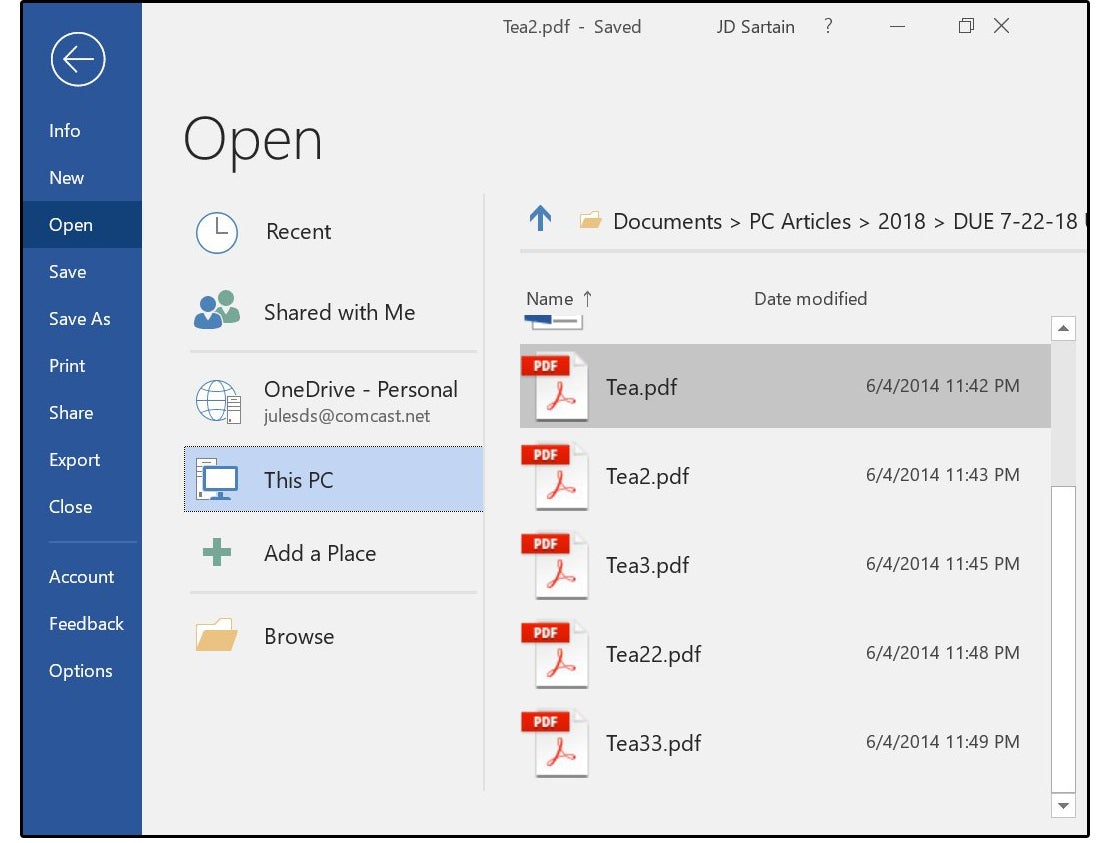

Note that the numbering of the automatic reference marks is automatically adjusted (updated) whenever a footnote or endnote is deleted. In other words, continuous section breaks behave as next page section breaks whenever the previous section ends with a bottom-aligned footnote.


The location of footnotes can also differ between sections. Most options of the "Footnote & Endnote" dialog can be configured individually within each section.Endnotes can be placed either at the end of each section, or at the end of the document itself (after the last document section). Footnotes can be placed at the bottom of the page (bottom-aligned footnotes), or immediately below the document main text (top-aligned footnotes). The first option in the "Footnote & Endnote" dialog deals with the location of the notes.Important: Notes cannot be inserted into headers or footers, or within other notes.Ī few notes about the location of footnotes and endnotes: Accordingly, you can control the formatting of the notes by adjusting the corresponding styles. The text of newly-created endnotes is automatically formatted with the "Endnote Text" style. The text of newly-created footnotes is automatically formatted with the "Footnote Text" style. When a new reference mark is inserted, Atlantis automatically places the caret within the corresponding note so that you can start typing the text of the note itself. These reference marks normally display in superscript: These marks generally follow the text they are referencing, but they are also displayed at the start of the notes themselves.

Reference marks, such as a number or a symbol, are used to show the connection between the main text and the corresponding note. Yet they are helpful in explaining a point in greater detail or in adding related information. Endnotes are similar to footnotes but they appear as an appendix of notes at the end of the document, or at the end of a document section.įootnotes and endnotes supplement topics found in the main text, but would be distracting or inappropriate if they were to be embedded in the main body of text itself. It provides an extra piece of information about a subject mentioned further up on the same page. Have to do is change the Footnote Reference style.īoth footnote text and footnote references automatically apply when youĬreate footnotes, so you should have no reason to apply these formats directly.Atlantis supports two types of notes: footnotes and endnotes.Ī footnote is a note placed at the bottom of a page in a document. If you want to see footnote references in a different font, all you As a result, footnote reference numbers print using the sameįont as the rest of the text in the paragraph, except that the superscript attribute applies. The initial setting for footnote references is Default Character Format + Superscript. If you want yourįootnotes to appear in a different font or size from the rest of the document, change the font or size for the Footnote Text style. Therefore, footnotesĪre formatted in the same font that's in Normal paragraphs except that they're 10-point regardless of the Normal text size. The initial setting for footnote text is Normal + 10 point. It's a character style, so it doesn't affect formatting for the Similarly, you can format footnote reference numbers by using the Footnote Reference style. You can change the appearance of all footnotes in your document by simply modifying The formatting of footnotes is governed by the Footnote Text style.


 0 kommentar(er)
0 kommentar(er)
